Total Solar Eclipse will not be visible in India; Aditya L1 spacecraft will ‘miss it’- ISRO chief S. Somanath explains
ISRO’s Aditya L1 spacecraft will not be able to witness today’s total Solar Eclipse. Know the reason from ISRO Chairman S. Somanath.
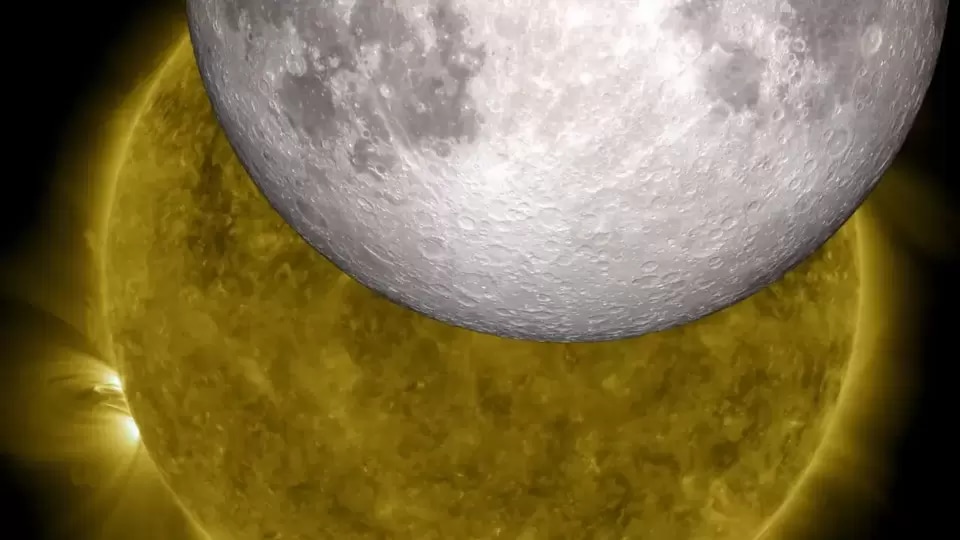
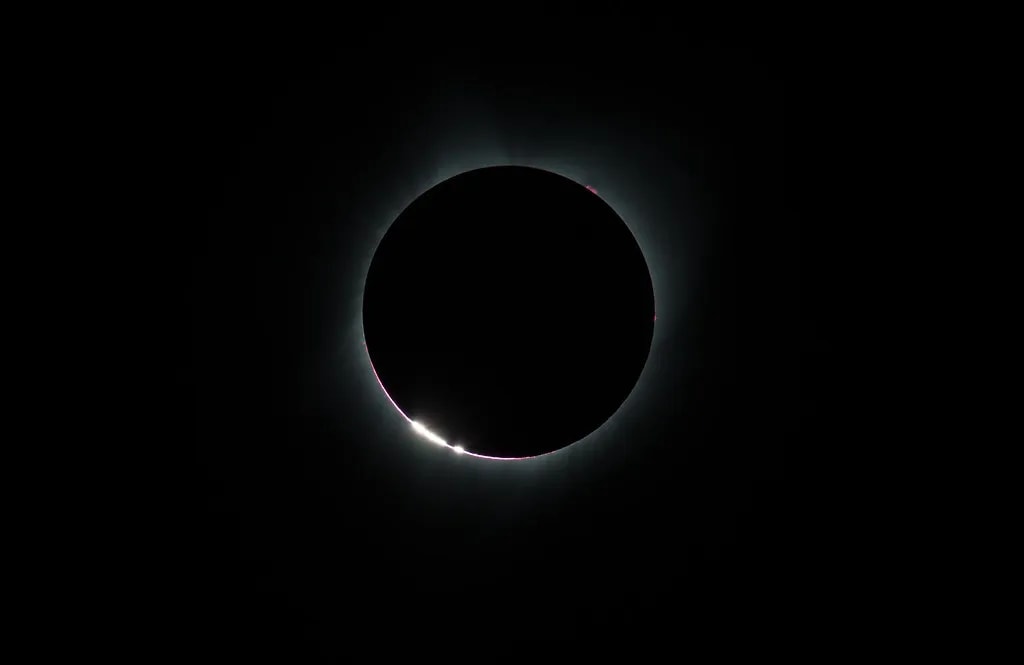
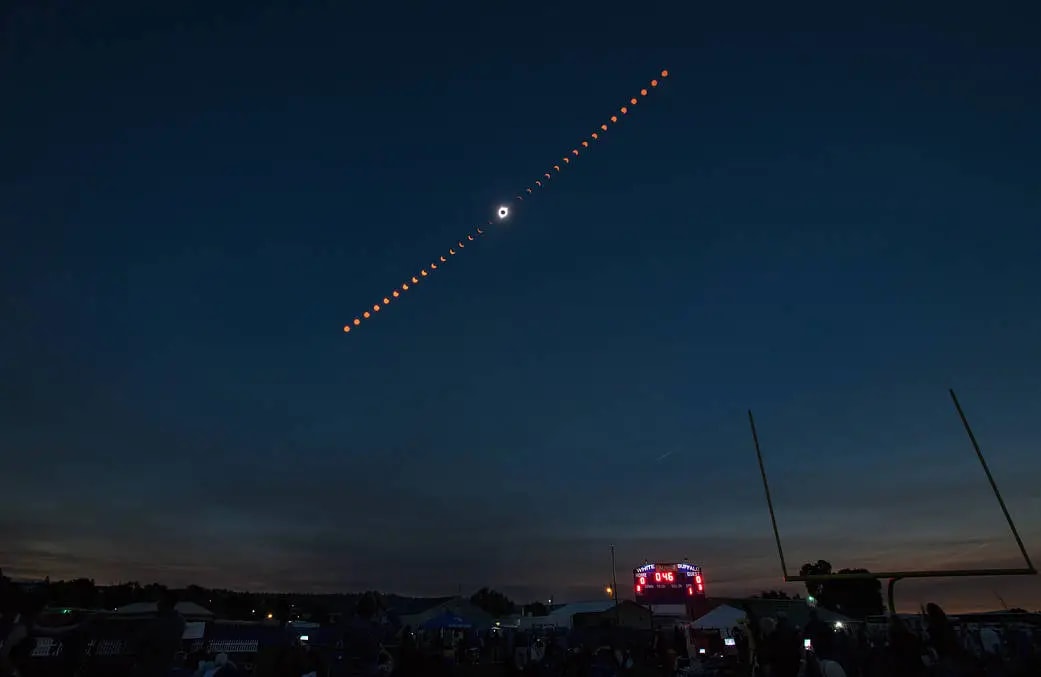

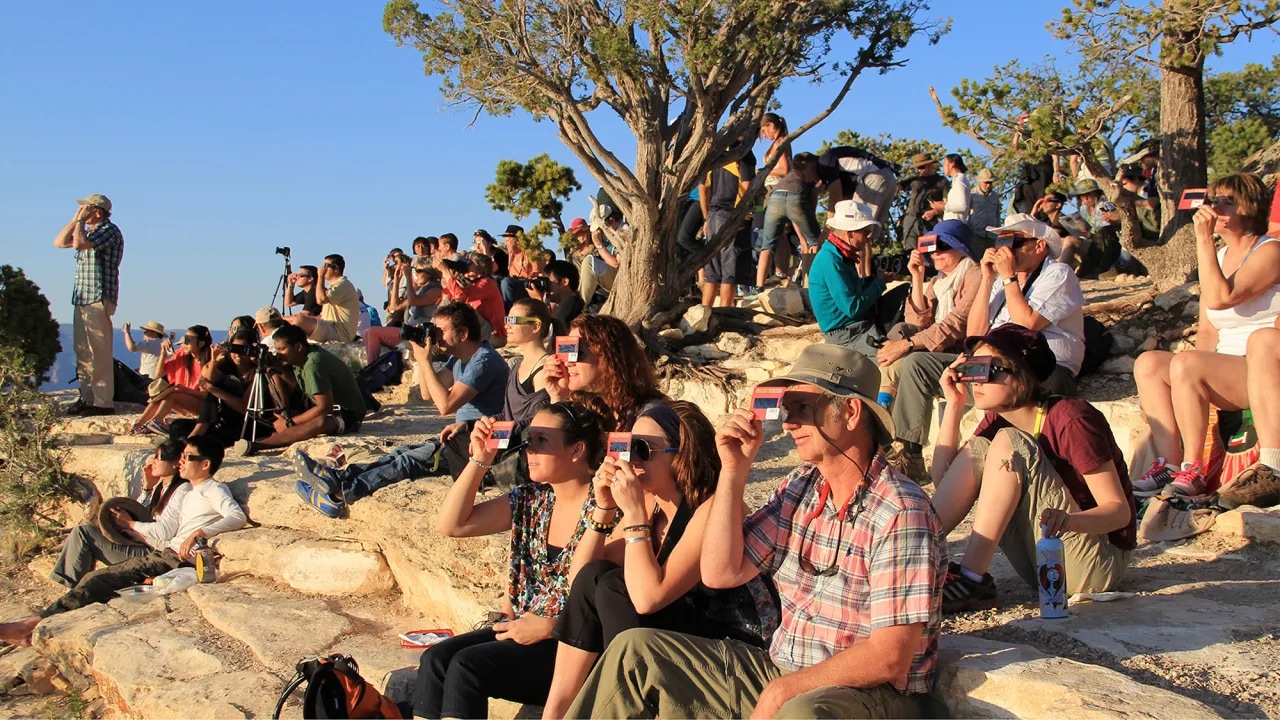
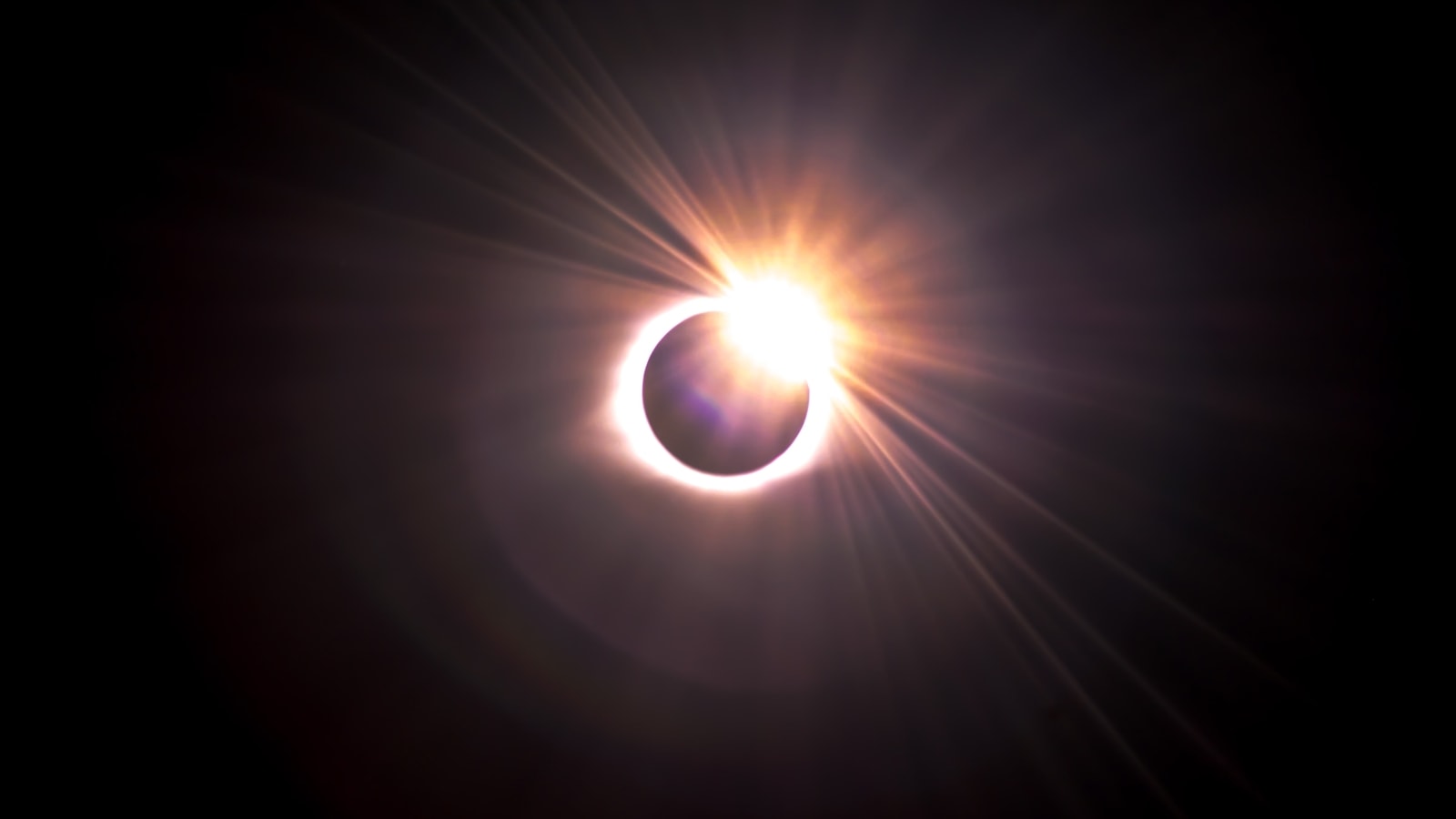
 View all Images
View all ImagesToday, several parts of the world will witness the rare Solar Eclipse. While people in North America will be able to see the event, people in other countries could witness the live stream of the event on NASA TV, Google TV, and other platforms. The event is reported to stay for several hours, therefore, it is one of the biggest celestial events which you should not miss. However, ISRO's Aditya L1 spacecraft, which is actively monitoring the Sun, will miss the Total Solar Eclipse due to its location. Know what ISRO Chairman said in a statement.
Also read: Total Solar Eclipse Today: How to watch live for free on TV as it will not be visible in India
ISRO's Aditya L1 spacecraft will not capture the Total Solar Eclipse
Aditya L1 spacecraft was launched in 2023 to study the Sun's activity. It is currently positioned in the halo orbit of the Lagrange point- 1 (L1) which provides an uninterrupted view of the Sun. The location of the spacecraft was very precisely planned, due to which it will not be able to witness the Total Solar Eclipse. ISRO picked such a location for this particular reason as ISRO did not want the study to be affected by any occultation or eclipses. NDTV quoted ISRO Chairman S. Somanath who said, “Aditya L1 spacecraft will not see the solar eclipse as the moon is behind the spacecraft, at the Lagrange Point 1 (L1 point), the eclipse that is visible on Earth doesn't have much significance at that location.”
Also read: Solar Eclipse 2024: How to click photos of the celestial event like a pro on your Android smartphone
Therefore, even being very close to the Sun, the Aditya L1 spacecraft will miss the rare celestial event, but on purpose. The L1 point is located 1.5 million kilometres from Earth, which gives the spacecraft a clear sight of the sun. The spacecraft was placed in the halo orbit on 6 January 2024, and since then it has been actively studying the solar activity of the Sun. Somanath also highlighted how the spacecraft creates its own artificial solar eclipse to study the Sun. Somanath said, “A solar eclipse is created in the coronagraph by eliminating the light from the disc of the Sun.” Additionally, Nigar Shaji, the Project Director for the Aditya L1 mission said, “Due to the eclipse, nothing special happens to the Sun.”
Also read: Total solar eclipse: NASA announces coverage for April 8 event
One more thing! We are now on WhatsApp Channels! Follow us there so you never miss any updates from the world of technology. To follow the HT Tech channel on WhatsApp, click here to join now!
Catch all the Latest Tech News, Mobile News, Laptop News, Gaming news, Wearables News , How To News, also keep up with us on Whatsapp channel,Twitter, Facebook, Google News, and Instagram. For our latest videos, subscribe to our YouTube channel.
































